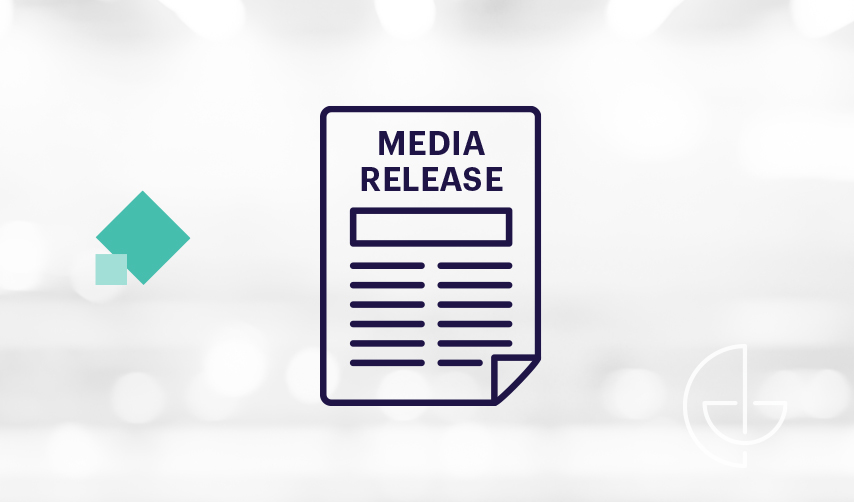What you need to know about data protection

Data has increasingly become the lifeblood for understanding customers, optimising business processes and identifying growth opportunities. This is particularly true for those businesses with a strong online presence. For them, data is the business.
Consequently, the power of a data breach or outage can be detrimental, both to business finances and customer confidence. According to a global survey by the Ponemon Institute and IBM, the average cost of an Australian data breach is AUD$2.82 million. Additionally, an alarming 60 per cent of small businesses fail within six months of a cyber attack.
It’s now critical for businesses to put the right processes and tools in place to make sure data isn’t lost or corrupted. It also means ensuring it can be retrieved quickly in the event of a security breach, data loss event, or natural disaster.
There are three types of data disasters to be aware of:
1. Natural disasters and service outages
Power outages, equipment failures, and natural disasters have taken entire websites and business systems offline—and the consequences can be catastrophic.
Such outages can cause damage to mission-critical data, equipment and other assets, cause reduced organisational productivity and may impact on trust levels among key stakeholders damaging the business’s brand and reputation.
2. Data theft and cybercrime
It’s one thing for your business’ data to be temporarily offline, yet it’s quite another for it to be criminally corrupted. Above and beyond the costs associated with a data breach, damage to consumer confidence may have the most severe consequences for an organisation, leading to lost business and negative publicity.
The Cost of Data Centre Outages report found that cybercrime is the fastest growing cause of data service interruptions. Cybercrime involves viruses, hackers, malware, distributed denial-of-service attacks, or ransomware.
3. Human error
According to IBM’s Cyber Security Intelligence Index, no less than 95 per cent of all security incidents are triggered by human error. A simple click of a dubious email has the ability to threaten an entire business’ data integrity.
As increasing amounts of business information is being downloaded and stored on staff mobile devices, a lost or misplaced device can place a company’s intellectual property at immediate risk.
Other errors that might affect data integrity include accidentally deleting files or programs, misplacing memory sticks, administrative errors, and the inability to read unknown file formats.
Backup versus disaster recovery – what’s the difference?
To properly protect your data, there are two main options: a backup solution and a disaster recovery solution. Ideally, you’ll rely on a combination of the two, they both aim to protect your data, but operate in different ways.
Generally, disaster recovery is used by mid to large companies or businesses that rely on their online platforms to process transactions or customer requests. For example, Mastercard has a disaster recovery facility at an unspecified location on New York’s Long Island. The company, which processes more than US$1 trillion each year, can maintain seamless service even if its primary servers are taken offline.
A backup solution copies your data at periodic intervals to a second data storage device, either on- or off-site. This means that you can restore lost or corrupted data, but only up to a certain point in time, which might be hours or days in the past. Of course, this is only possible if you have a working IT environment into which the backed-up data can be loaded— something that might not be possible if the system has been taken offline.
Choosing a reputable disaster recovery solution is one of the surest steps a business can take towards ensuring its customers are serviced reliably, and the company can continue to grow without interruption.




Let's stay connected
Be the first to receive our resources, including news about your industry.


